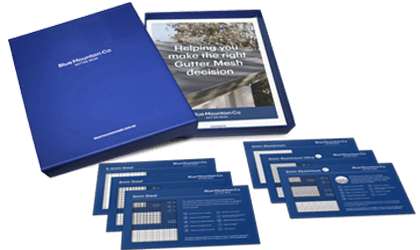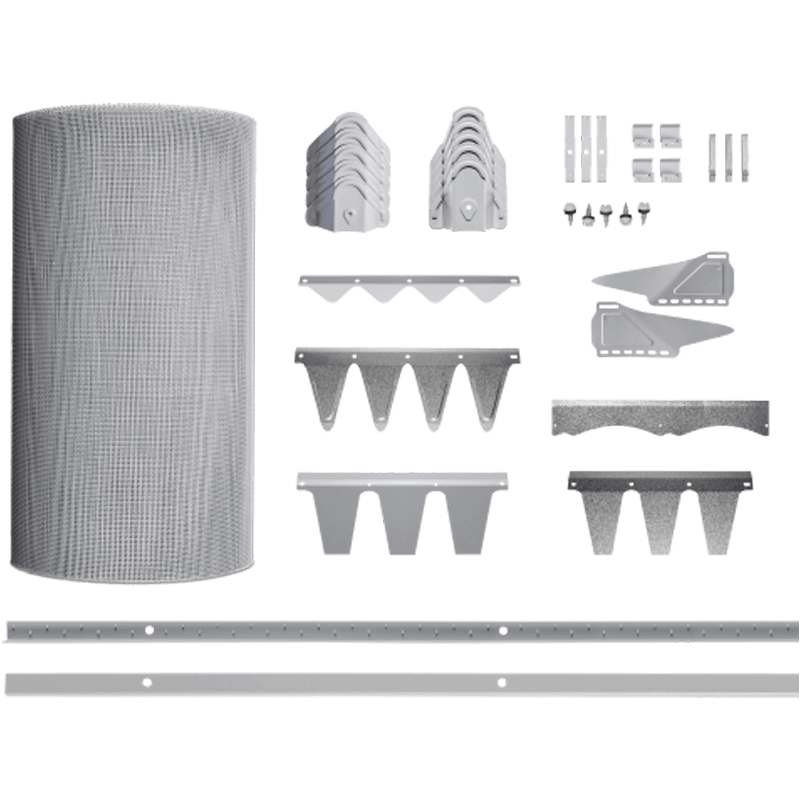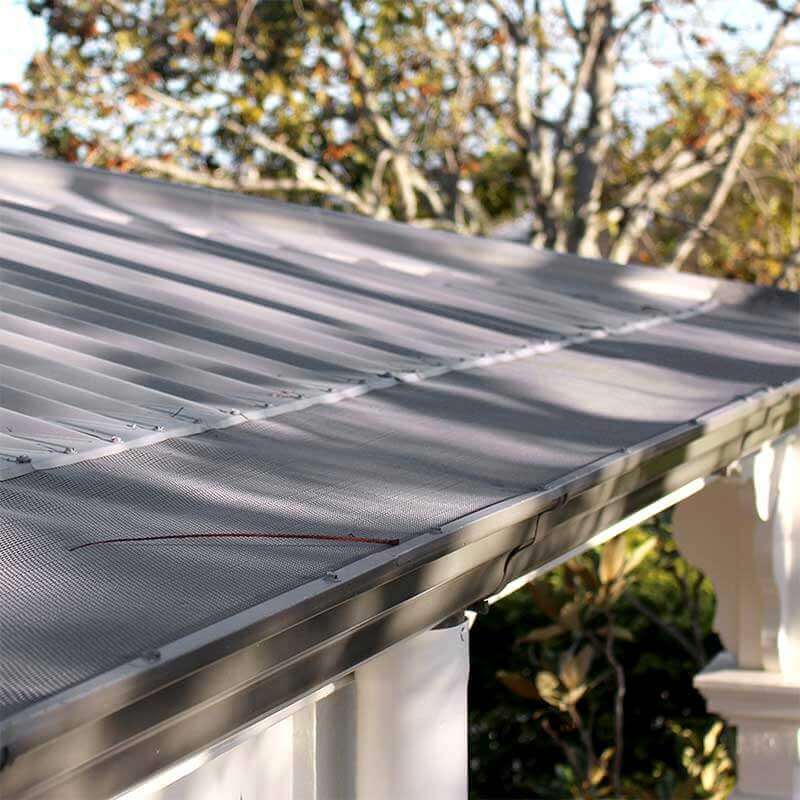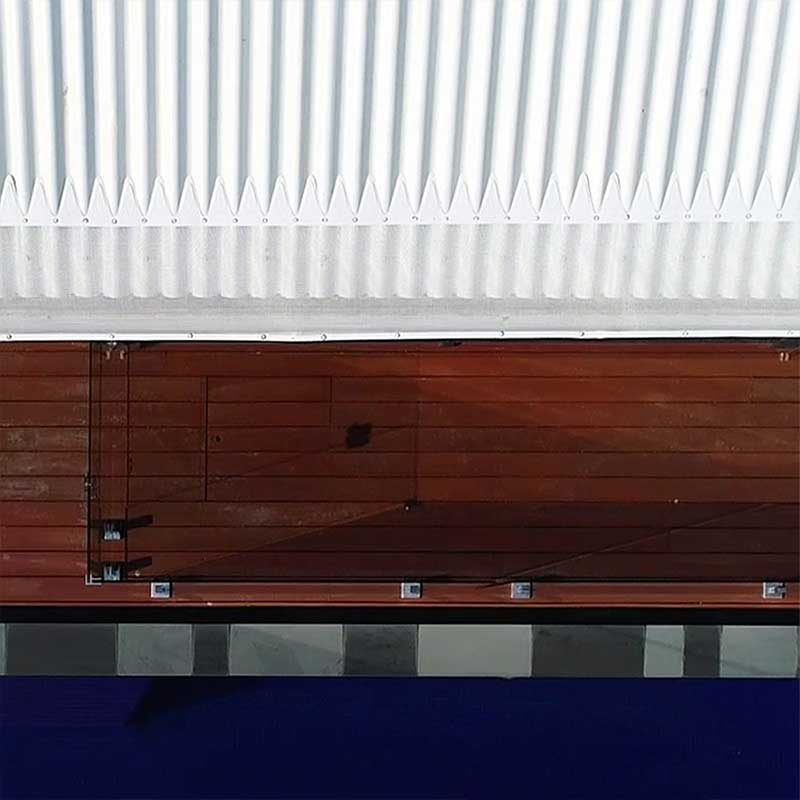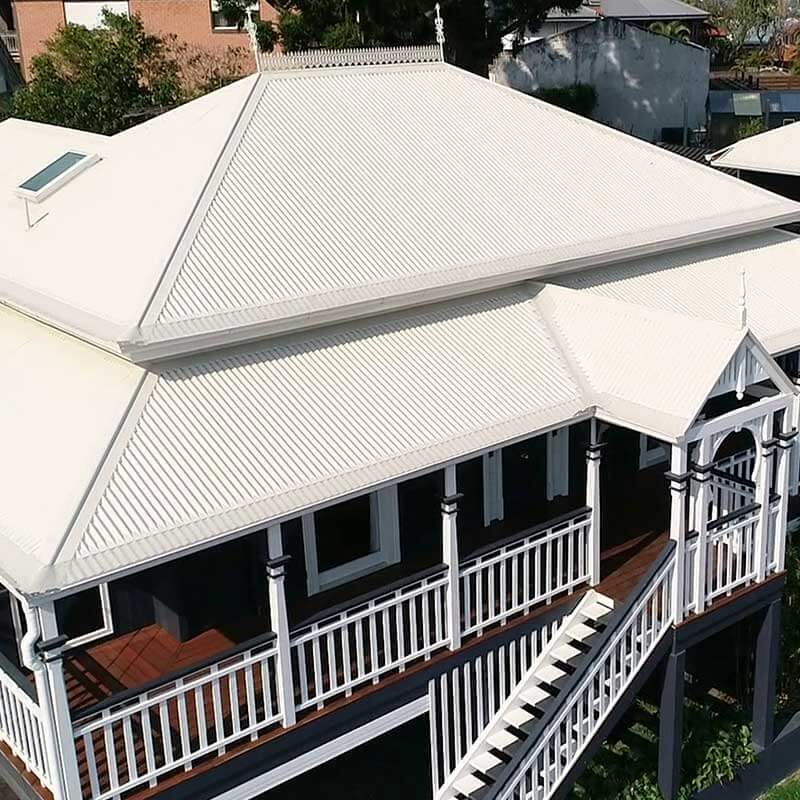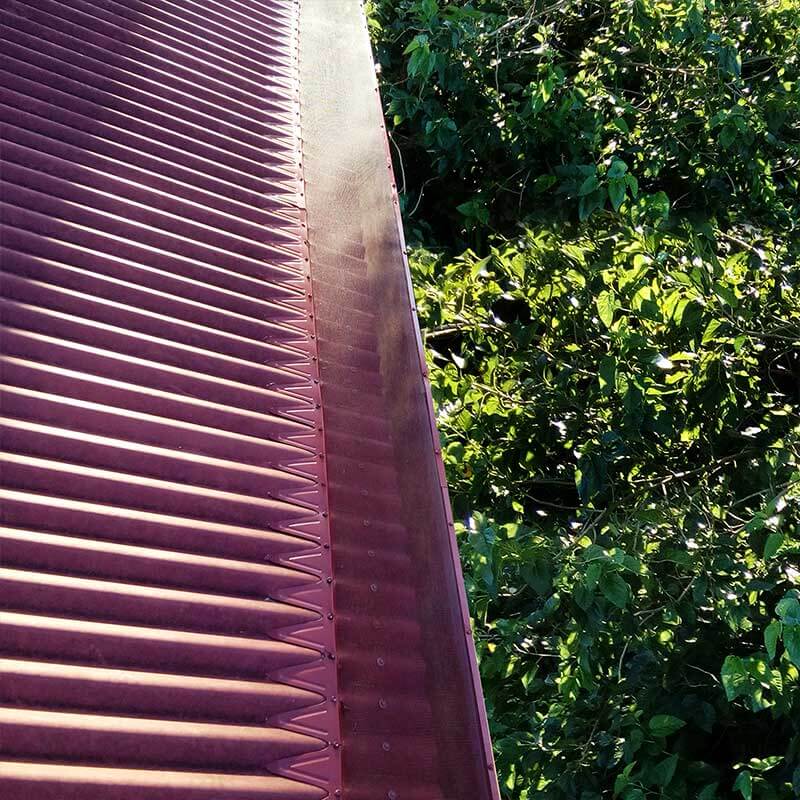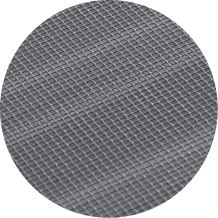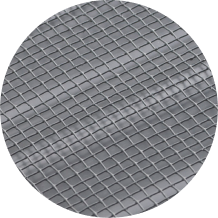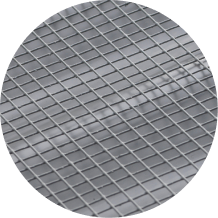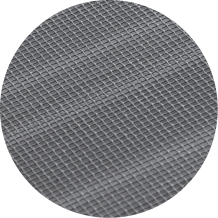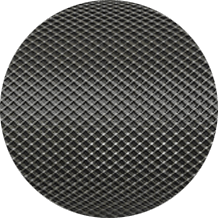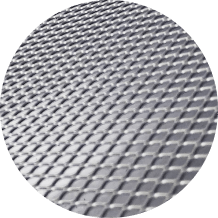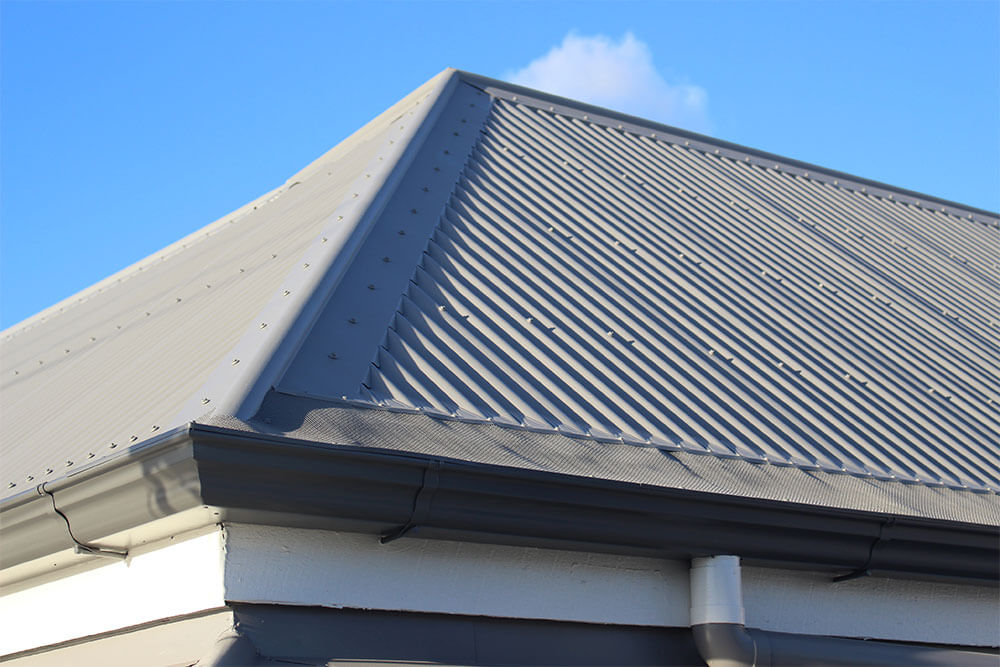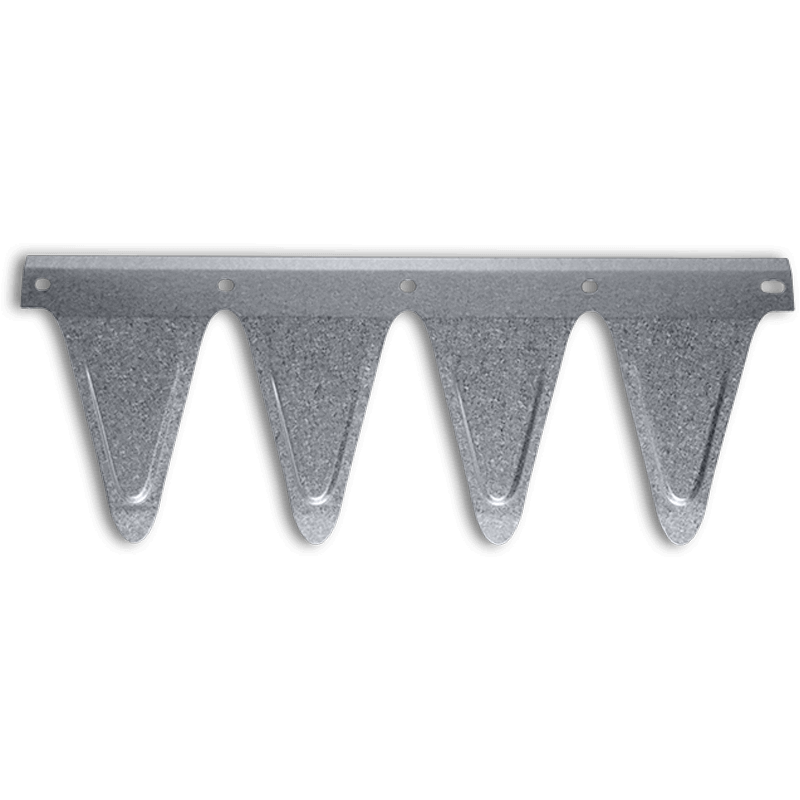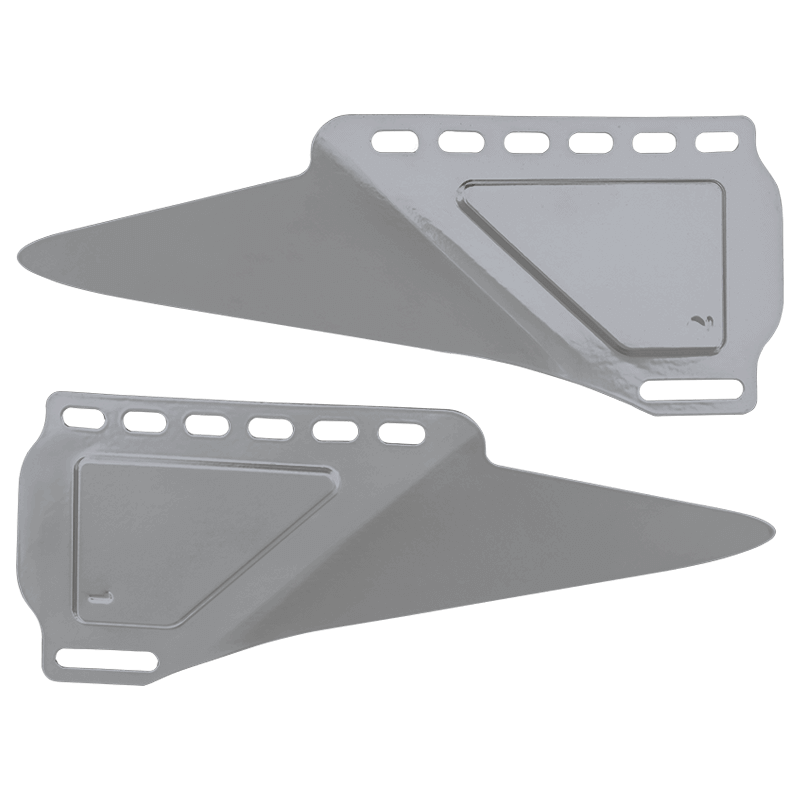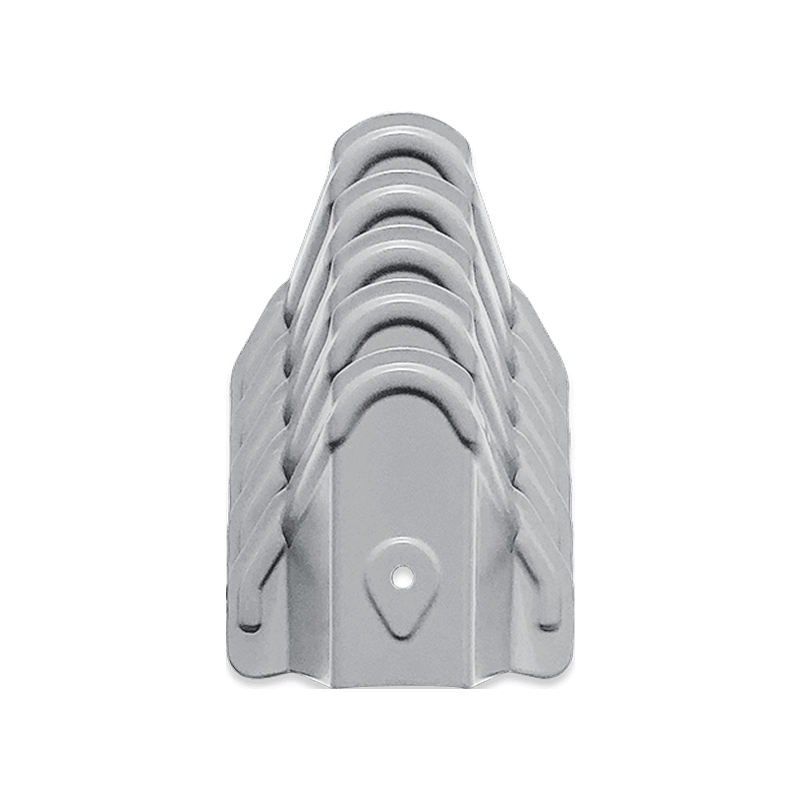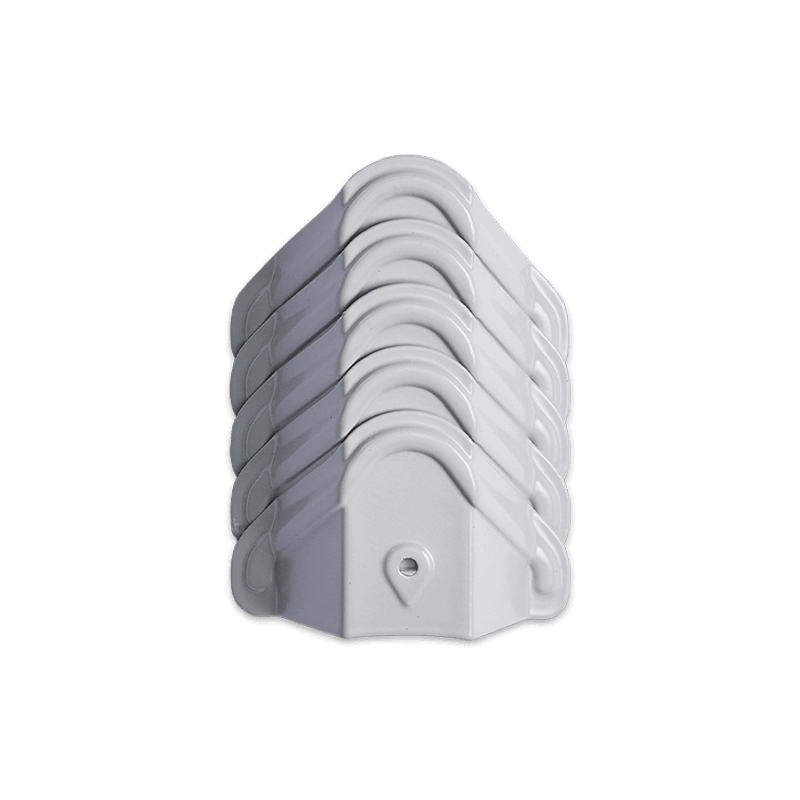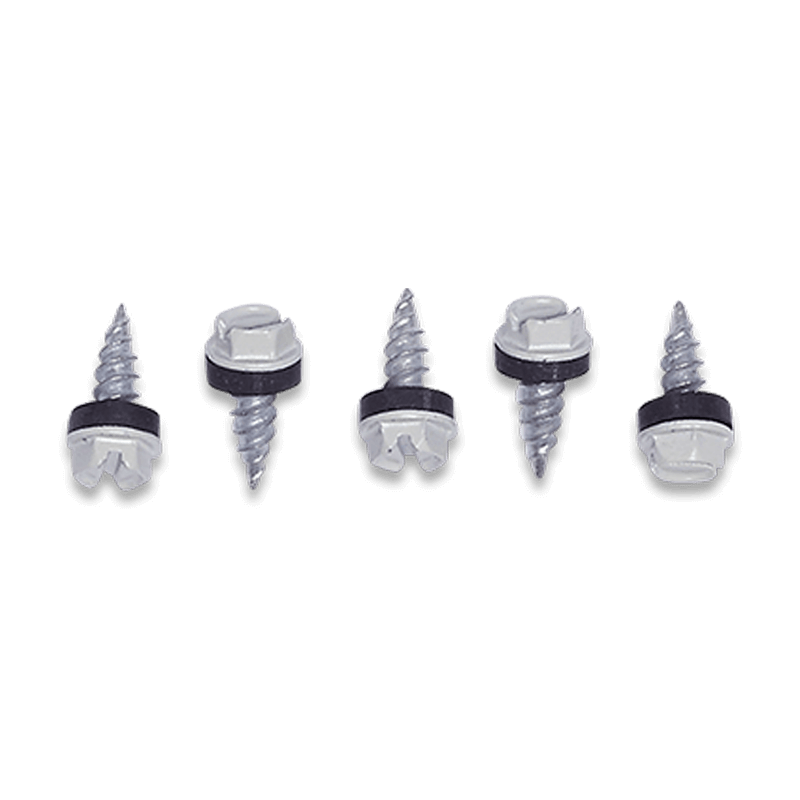2mm Steel
Small Leaf Protection
Keeps Out Medium Leaves
Keeps Out Large Leaves
Keeps Out Pests And Vermin
Bushfire Compliant
Ember Guard Compliant
High Strength
Withstands Hail & Snow
Benefits
Keep out small leaves and pests
Benefits
Ember guard your gutters
Benefits
Install with ease on any roof
Benefits
Benefits of 2mm steel
Benefits
Keep out small leaves and pests
Benefits
Ember guard your gutters
Benefits
Install with ease on any roof
Benefits
Benefits of 2mm steel
Pick your kit
Select your roof type:
Your Corrugated roof kit includes
1. Mesh roll,
2. Standard Gutter Trim,
3. Mesh Lock Gutter Trim (optional upgrade – not included in standard kits),
4. Corrugated Profile
5. Metal Screws
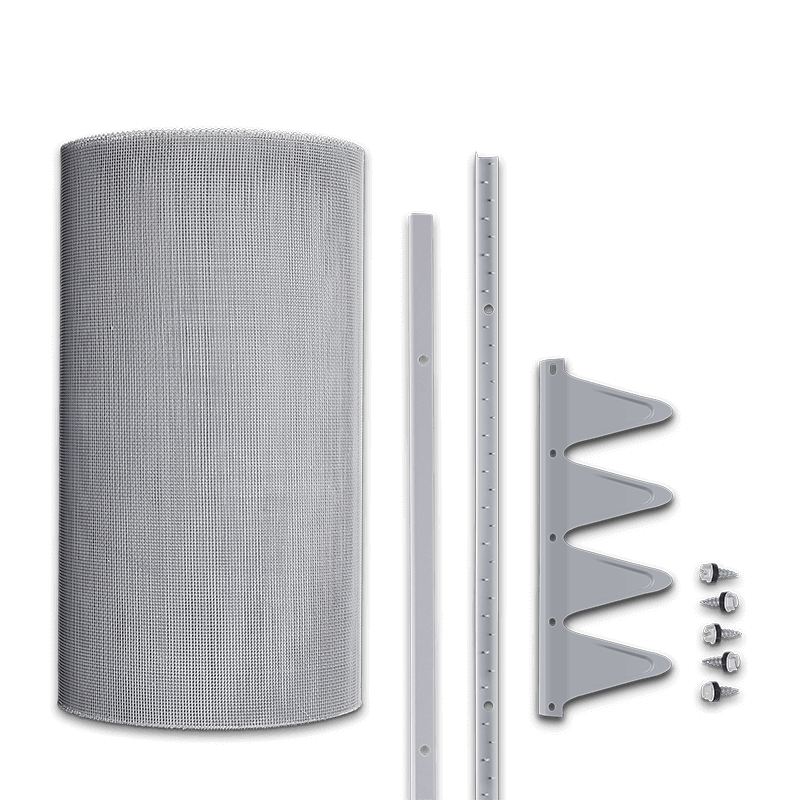
Roof information
- Lysaght Custom Orb
- Fielders S rib
- Metroll Corodek
- Revolution Corrugated
- Stramit Corrugated
- Stratco CGI 16mm®
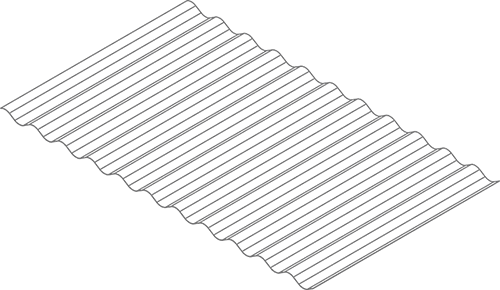
Your Trimdek® roof kit includes
1. Mesh roll,
2. Standard Gutter Trim,
3. Mesh Lock Gutter Trim (optional upgrade – not included in standard kits),
4. Trimdek® Saddles,
5. Metal Screws
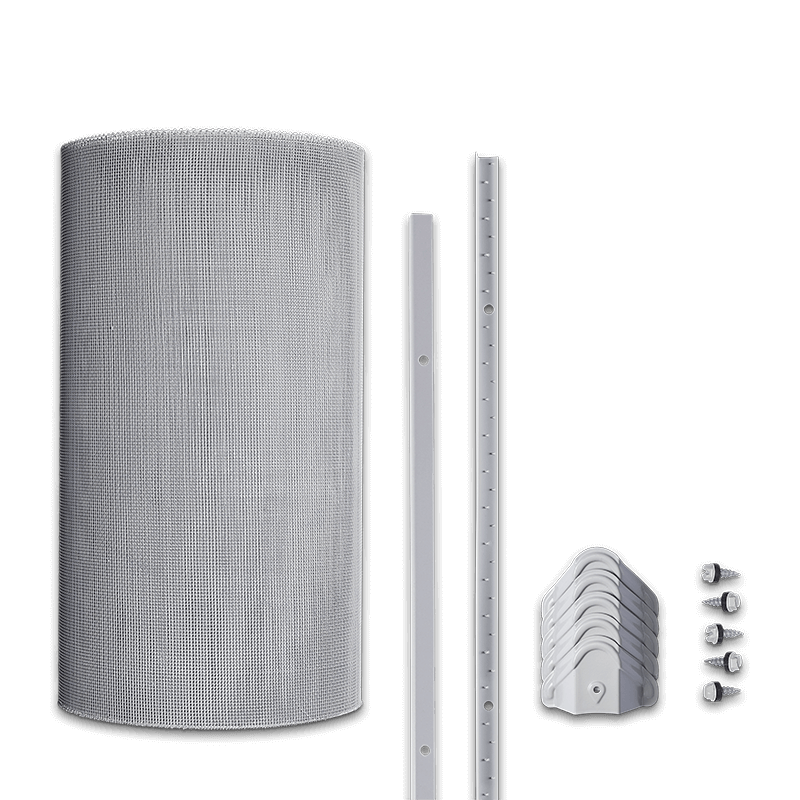
Roof information
- Lysaght Trimdek
- Stramit Monoclad
- Stratco Superdek®
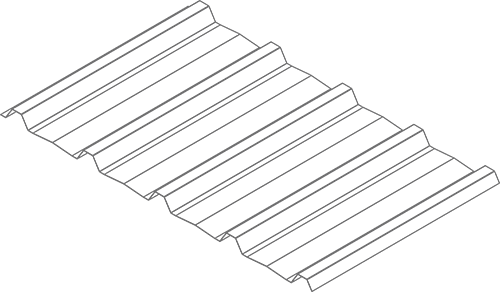
Your Klip-Lok® roof kit includes
1. Mesh roll,
2. Standard Gutter Trim,
3. Mesh Lock Gutter Trim (optional upgrade – not included in standard kits),
4. Klip-Lok® Saddles (optional),
5. Metal Screws
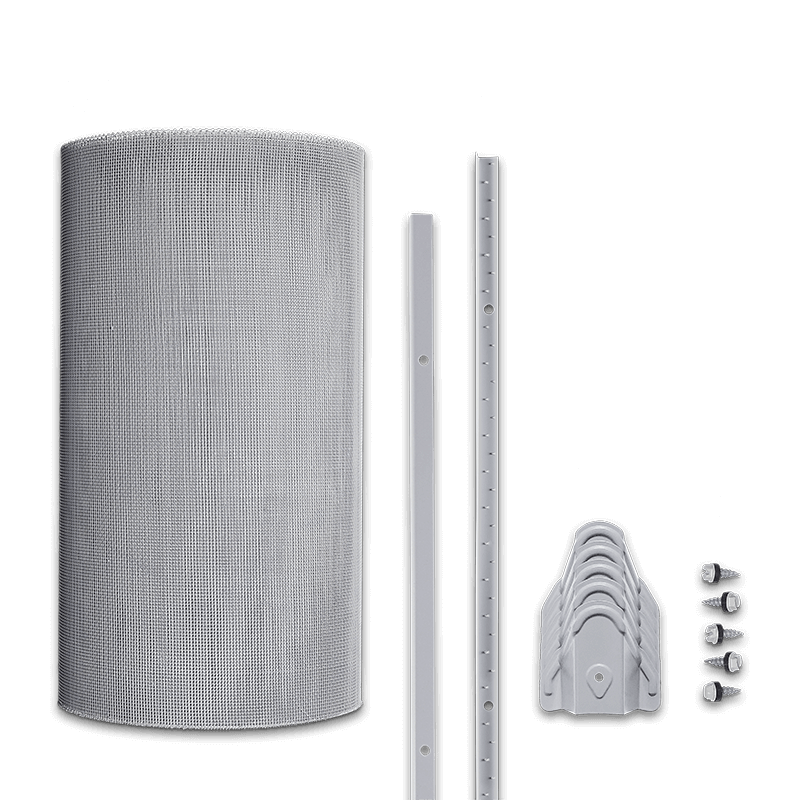
Roof information
- Lysaght Klip-Lok 406
- Lysaght Klip-Lok Classic
- Lysaght Klip-Lok Hi Strength
- Fielders KingKlip
- Metroll Metlok
- Revolution Revklip
- Stramit Speed Deck Ultra
- Stratco Topdek 700
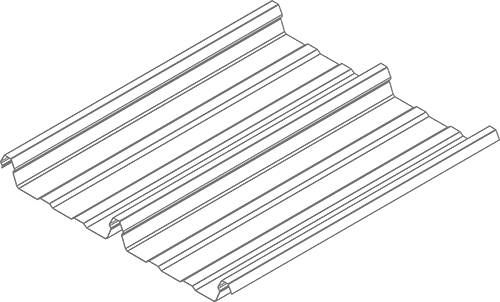
Your Tile roof kit includes
1. Mesh roll,
2. Standard Gutter Trim,
3. Mesh Lock Gutter Trim (optional upgrade – not included in standard kits),
4. Standard Tile Clips,
5. Z-clips (optional),
6. Safety Clips,
7. Metal Screws
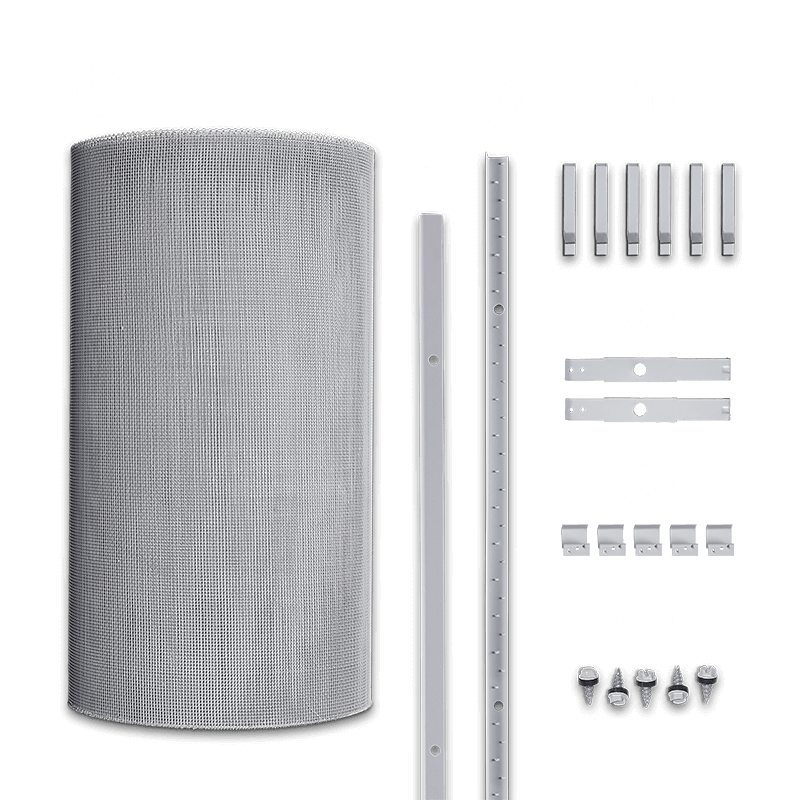
Roof information
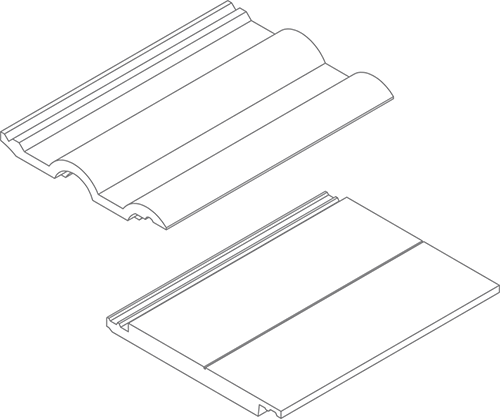
Your Longspan® roof kit includes
1. Mesh roll,
2. Standard Gutter Trim,
3. Mesh Lock Gutter Trim (optional upgrade – not included in standard kits),
4. Longspan® Profile,
5. Metal Screws
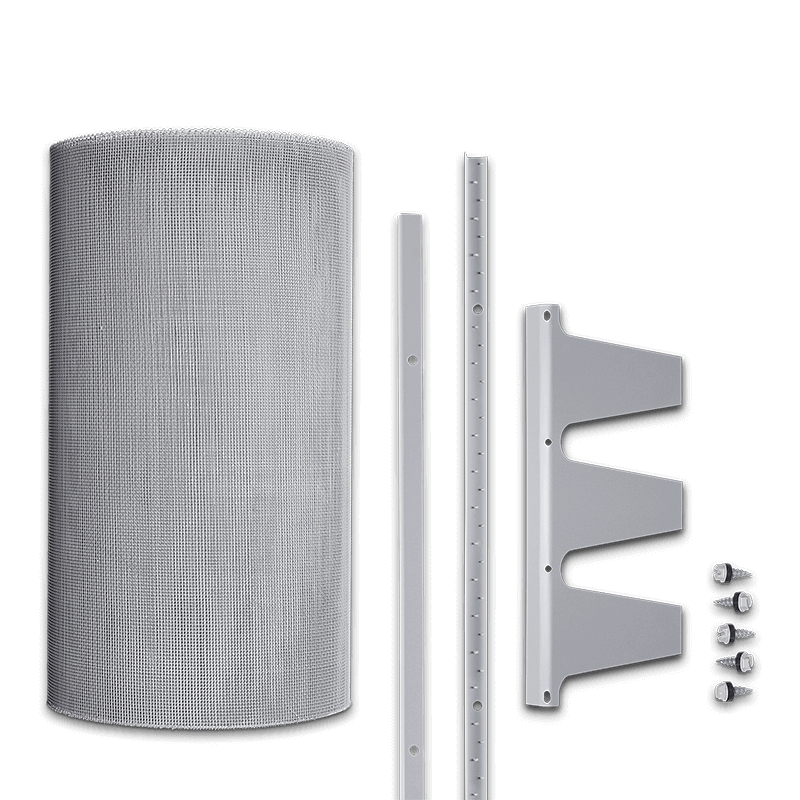
Roof information
- Stramit Longspan
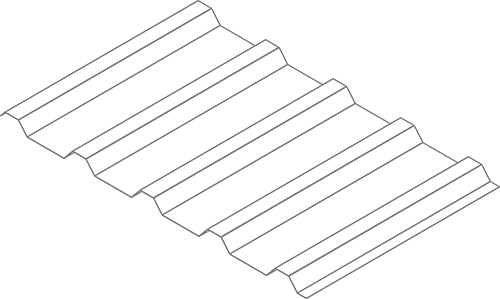
Your Spandek® roof kit includes
1. Mesh roll,
2. Standard Gutter Trim,
3. Mesh Lock Gutter Trim (optional upgrade – not included in standard kits),
4. Spandek® Profile,
5. Metal Screws
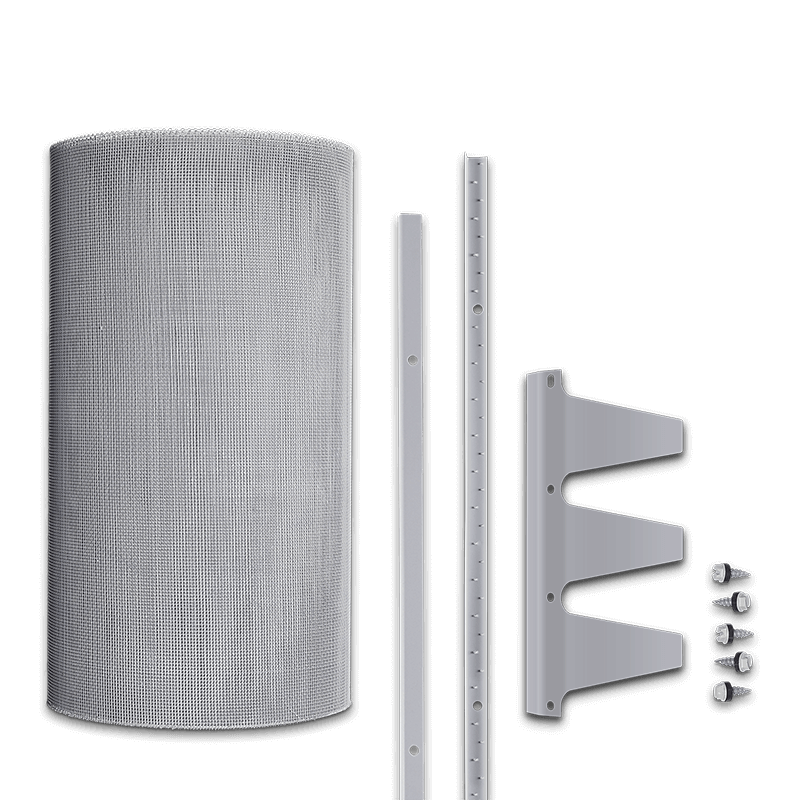
Roof information
- Lysaght Spandek
- Metroll Metrospan
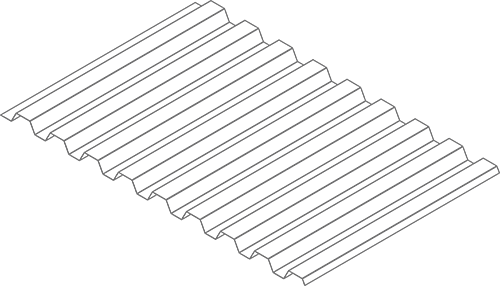
Your Bullnose roof kit includes
1. Mesh roll,
2. Standard Gutter Trim,
3. Mesh Lock Gutter Trim (optional upgrade – not included in standard kits),
4. Bullnose Profile,
5. Metal Screws
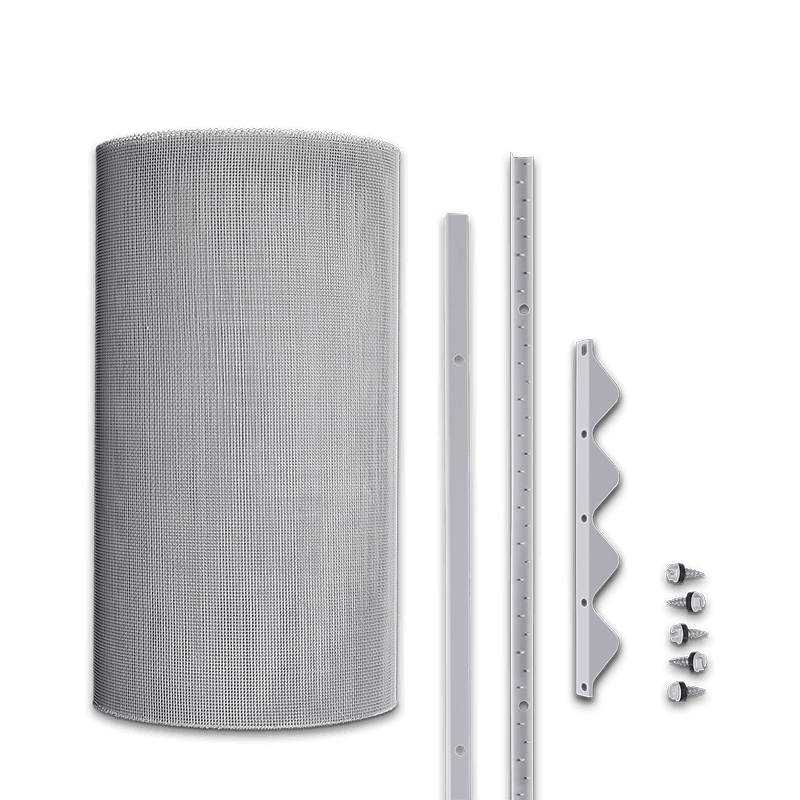
Roof information
- Lysaght Custom Orb
- Fielders S rib
- Metroll Corodek
- Revolution Corrugated
- Stramit Corrugated
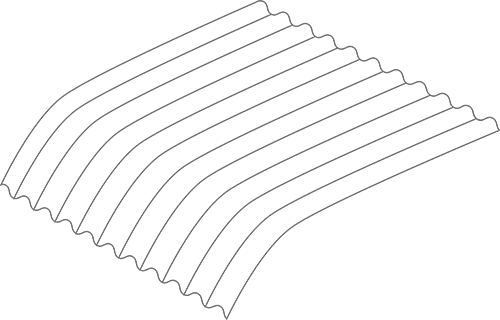
Your Decramastic roof kit includes
1. Mesh roll,
2. Standard Gutter Trim,
3. Mesh Lock Gutter Trim (optional upgrade – not included in standard kits),
4. Decramastic Profile,
5. Metal Screws
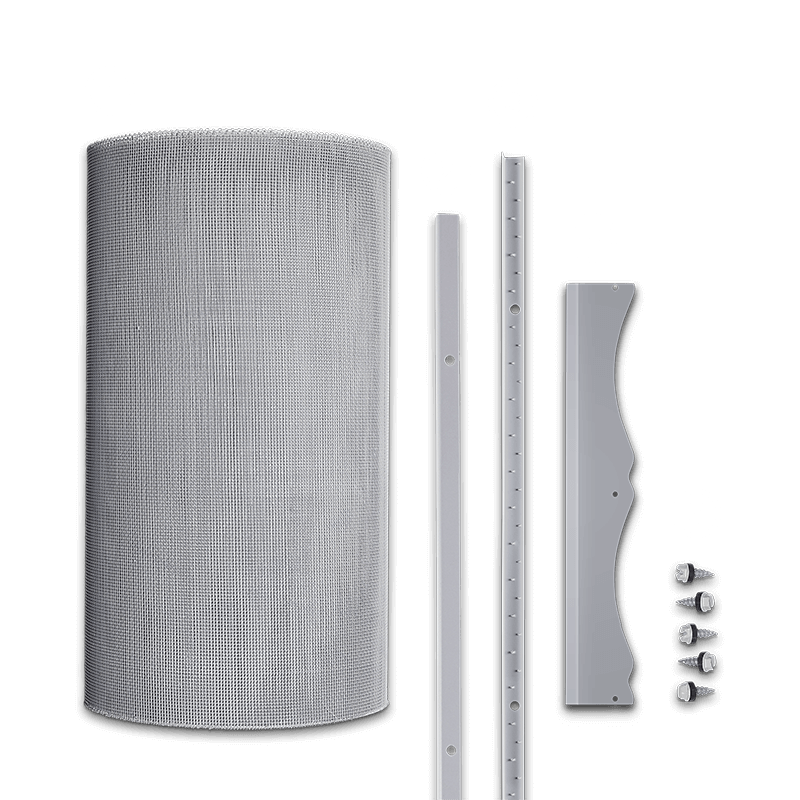
Roof information
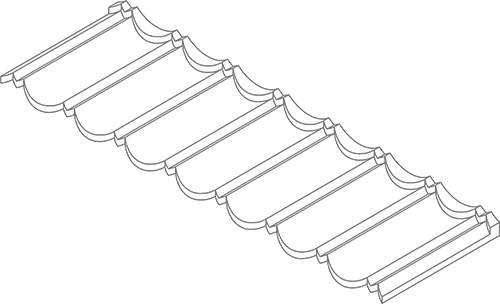
Available in an extensive range of COLORBOND® swatches
Blue Mountain Co gutter mesh and componentry come in an extensive range of COLORBOND® colours to suit a wide range of properties.
Available in an extensive range of COLORBOND® colours.
Blue Mountain Co Gutter Mesh and componentry come in an extensive range of COLORBOND® and tile colours to suit a wide range of properties.
Compare with other mesh kits
Installation & Maintenance
Document Name
You may also like
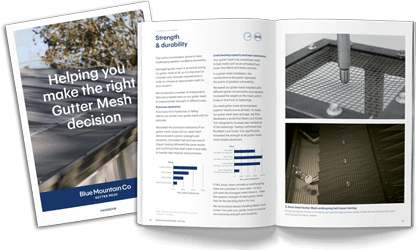
Find the right mesh for you
For Architects and Building Professionals,
Download the Commercial version of the Handbook here
